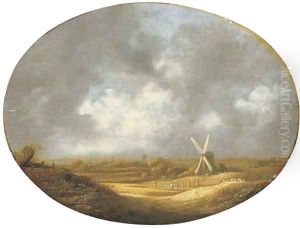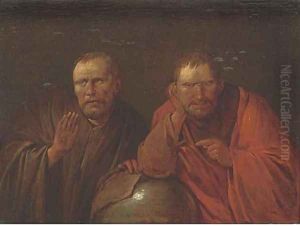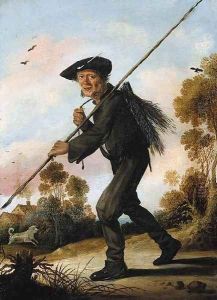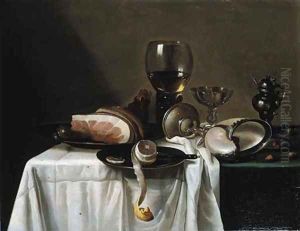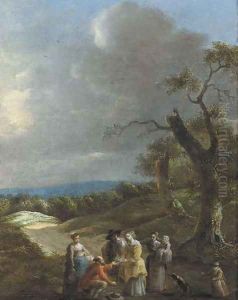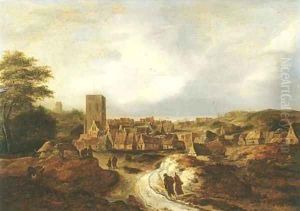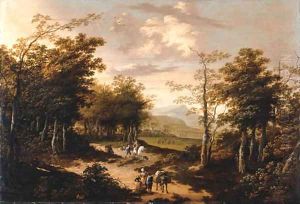School Of Haarlem Paintings
The School of Haarlem refers not to a single artist but to a group of painters and a rich artistic movement that flourished in the Dutch city of Haarlem, primarily during the 16th and 17th centuries, which corresponds to the Dutch Golden Age. This period was marked by a great surge in art production and the establishment of a distinctively Dutch style of painting. The School of Haarlem was known for its diverse range of styles and subjects, including genre scenes, landscapes, portraits, and still lifes.
The School of Haarlem was greatly influenced by the earlier Italian Renaissance, but it distinguished itself by developing a more naturalistic and realistic approach to painting. Artists from Haarlem were known for their attention to detail, use of light and shadow, and the depiction of everyday life. A defining characteristic of the School was its emphasis on individualism and the development of personal style, which was a departure from the workshop traditions of the Medieval period.
Key figures of the School of Haarlem include Frans Hals, known for his lively and loose brushwork in portraiture; Pieter Claesz, renowned for his subdued and harmonious still lifes; and Jacob van Ruisdael, who is considered one of the greatest landscape painters of all time. These artists, along with others such as Willem Claesz Heda, Adriaen van Ostade, and Jan Steen, contributed to the rich tapestry of the School's legacy.
The Haarlem Guild of Saint Luke, which was the painters' guild, played a significant role in the organization of artists' training and work within the city. The guild helped to establish Haarlem as a major center for art production and innovation. By the mid-17th century, however, the focus of artistic development began to shift from Haarlem to Amsterdam. Despite this, the School of Haarlem had already cemented its place in art history, leaving a lasting impression on the evolution of Dutch art and influencing generations of artists to come.
